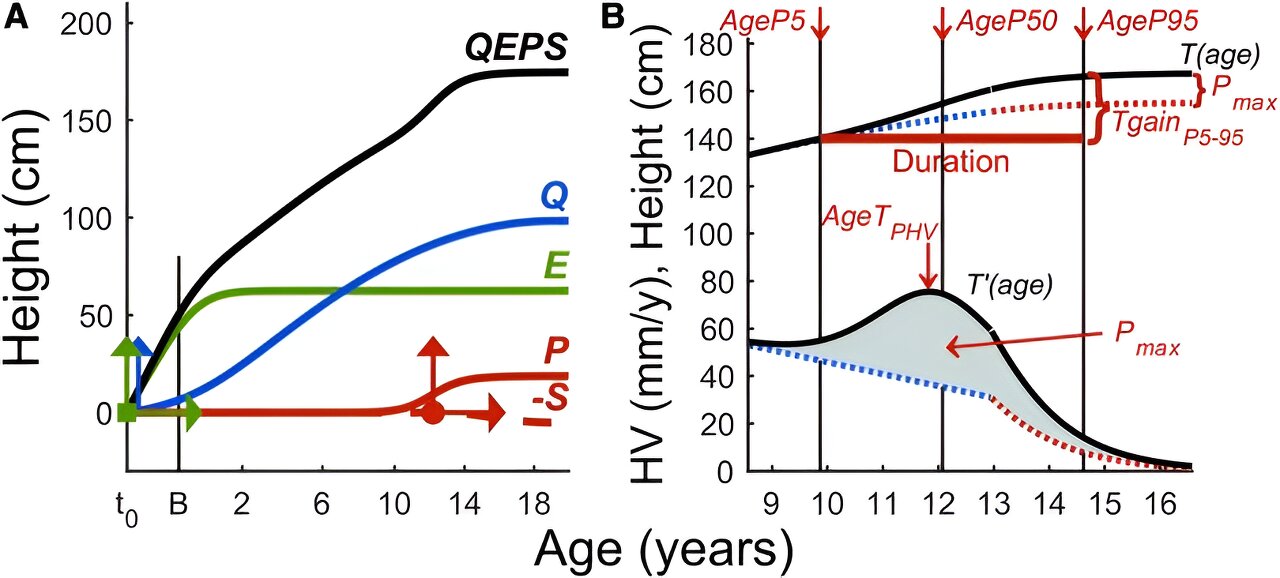Current guidelines recommend that pregnant people receive a vaccine against respiratory syncytial virus (RSV) — which typically causes mild, cold-like symptoms in most adults but can be deadly for infants — during weeks 32-36 of pregnancy. New research led by investigators at Mass General Brigham suggests that vaccination earlier in that timeframe, closer to 32 weeks, could provide the best protection for newborns against RSV. The findings are published in theAmerican Journal of Obstetrics & Gynecology.
“Receiving the RSV vaccine in pregnancy is an important way mothers can protect their newborns and infants from RSV, the leading cause of hospitalization in U.S. infants,” said senior author Andrea Edlow, MD MSc, a maternal-fetal medicine specialist in the Department of Obstetrics and Gynecology at Massachusetts General Hospital, a founding member of the Mass General Brigham healthcare system. “However, it wasn’t clear whether it was equivalent to vaccinate at any time within the approved window, or whether specific weeks were most optimal. Because the RSV vaccine was ultimately approved for administration during a narrower gestational age window than was originally studied in the large clinical trial, more information was needed about how maternal antibodies travel across the placenta week over week across the approved window.”
Edlow and her team’s prior work evaluating prenatal administration of the COVID-19 mRNA vaccines demonstrated that timing of maternal vaccination was associated with altered maternal responses and transplacental antibody transfer to the fetus. To assess whether maternal vaccine timing is also an important consideration for RSV vaccination, the investigators measured RSV antibodies in the umbilical cord at the time of delivery among 124 women who received the RSV vaccine during weeks 32-36 of pregnancy and in the blood of 29 2-month-old infants of these mothers. All study participants were receiving care at Massachusetts General Hospital or Mount Sinai Health System in New York City. Levels of RSV antibodies can predict protection against RSV infection in infants too young to yet receive their own vaccines.
The investigators found that maternal RSV vaccination at least 5 weeks prior to delivery led to the most efficient transfer of maternal antibodies across the placenta to the newborn, compared with maternal vaccination at 2-3 or 3-4 weeks prior to delivery.
In an additional analysis, RSV antibody levels in maternal and cord blood after RSV vaccination were compared with RSV antibody levels in 20 unvaccinated mothers. Maternal RSV vaccination resulted in significantly higher and longer-lasting maternal and cord RSV antibody levels.
“This work provides much-needed data to guide physicians in counseling patients about RSV vaccine timing during pregnancy,” said Edlow. “Our findings suggest that being vaccinated earlier within the approved timeframe allows for the most efficient placental transfer of antibody to the newborn. They also may have implications for when the RSV monoclonal antibody, Nirsevimab, should be administered to newborns. Similar research should be conducted for other vaccines administered during pregnancy.”
The investigators noted that additional studies are needed to determine the minimum amount of antibody transfer and/or infant blood antibody levels needed to adequately protect infants against RSV. It will also be important to understand the potential additive protection for infants provided by breastmilk from RSV-vaccinated mothers. This study was designed to measure antibody transfer, but larger studies of infants 2 to 6 months of age will be needed to determine the extent to which this leads to enhanced protection.


